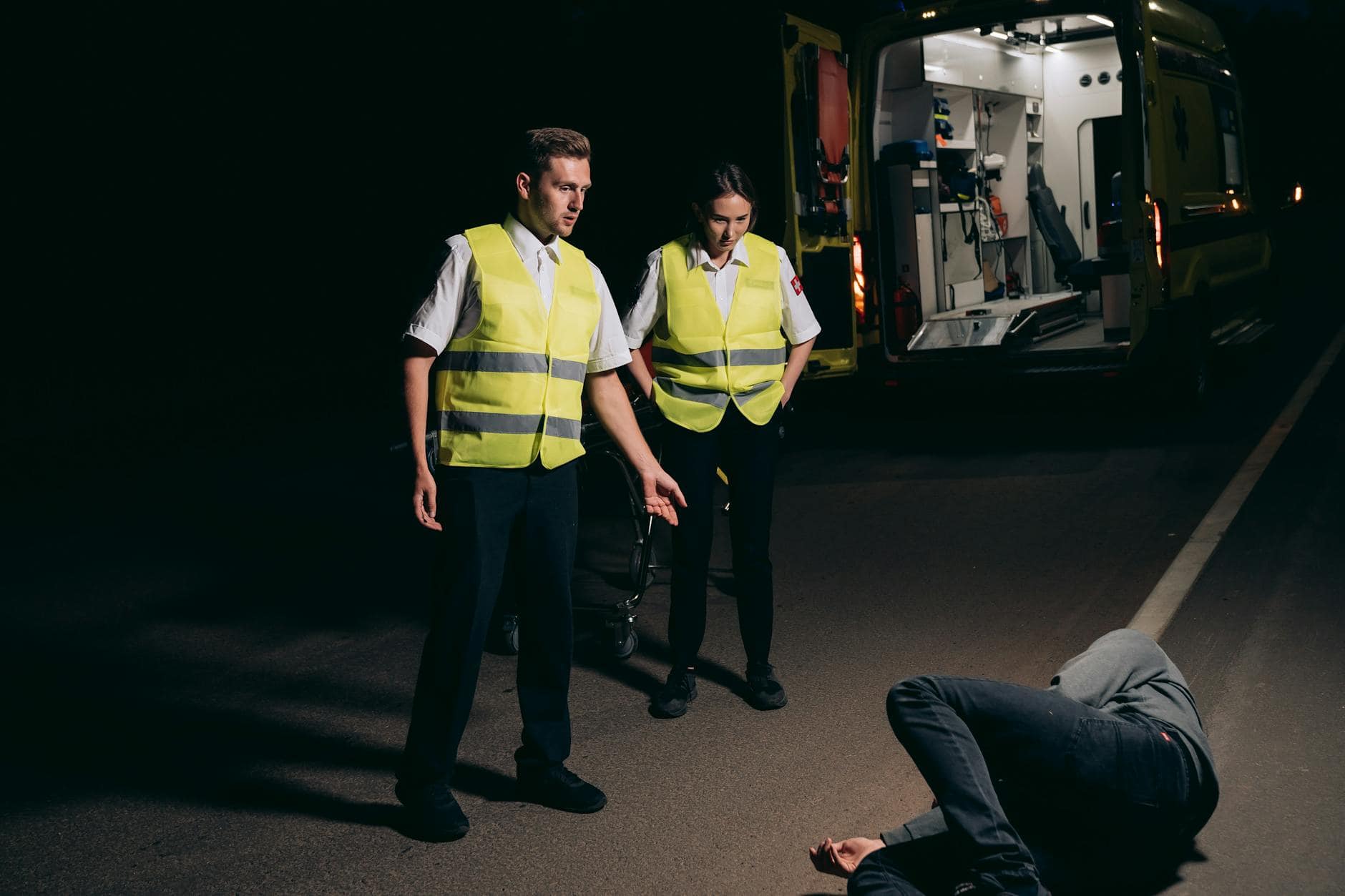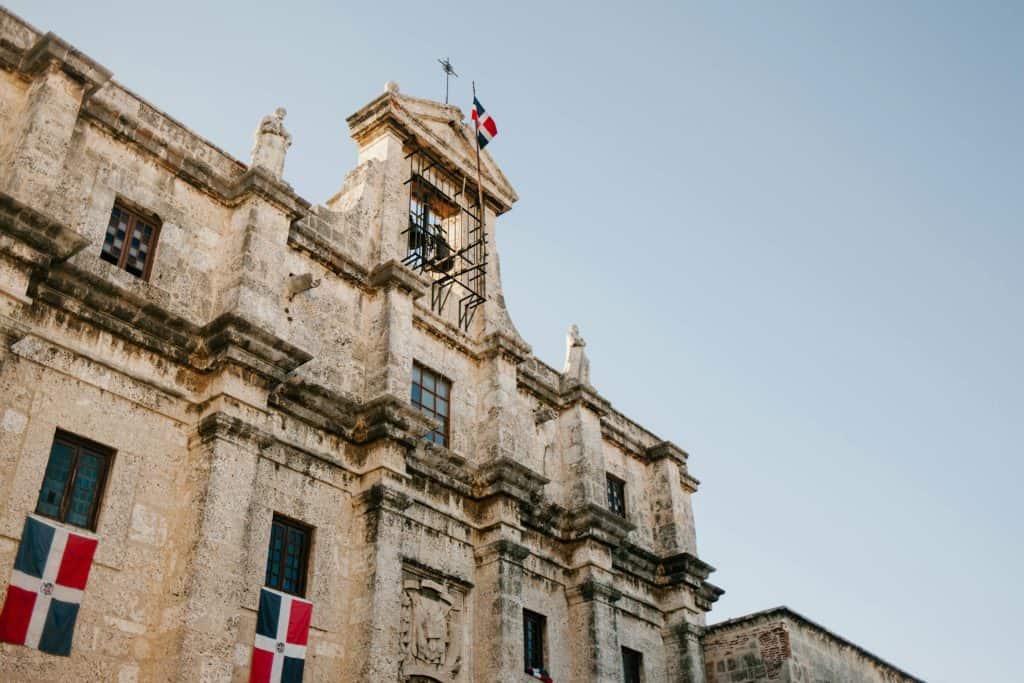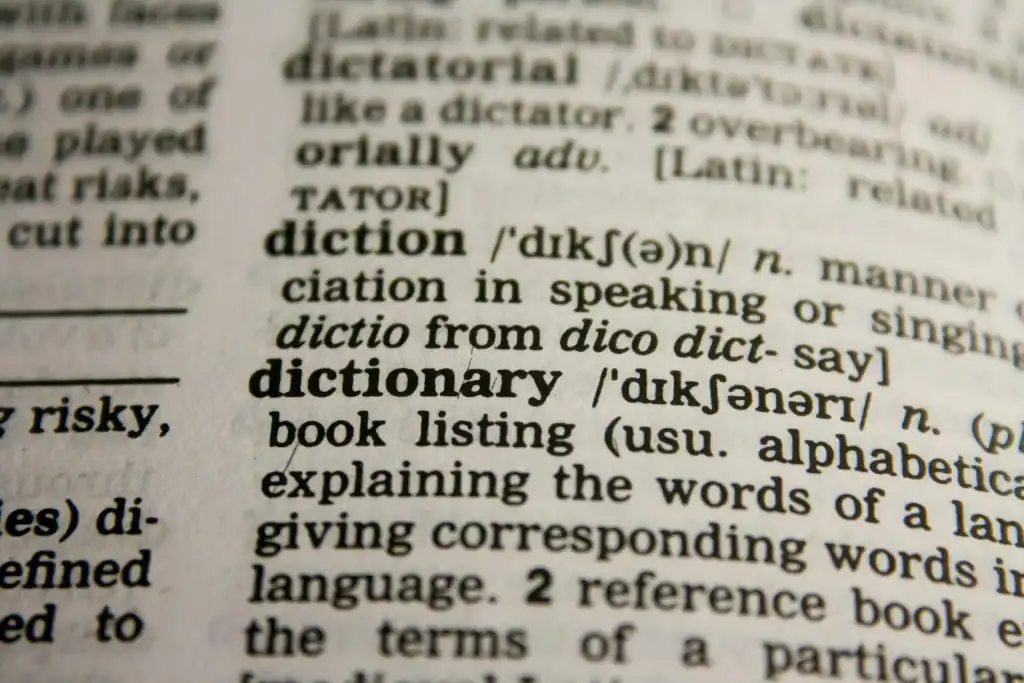Why Your Best Spanish Appears When Sirens Loom—If You’ve Practiced
Casual Spanish survives mistakes: drop a preposition, you still get your café con leche. Emergency Spanish demands precision—addresses, symptoms, cross‑streets. I learned this the hard way when my downstairs neighbor’s kitchen caught fire. Dialing 9‑1‑1 in the Dominican Republic, I blanked on the word for smoke detector. Luckily, the operator coached me through. The next day I wrote a script, rehearsed it, and pinned it to the fridge. Months later, helping a friend in Madrid after a bike crash, I rang 1‑1‑2 and delivered crisp Spanish—no trembling. Practice turned chaos into choreography.
This article shares that script, plus the mindset hacks, vocabulary, and anecdotes gathered from Dominican and Spanish dispatchers. No numbered listicles—just a flowing narrative from initial shock to final paperwork.
Know Your Digits: 911 vs 112—Same Heartbeat, Different Protocols
Dominican Republic: Dial 9‑1‑1 for police, fire, or medical. Operators answer in Spanish but many understand basic English if you request “operador en inglés.” Response times vary by city; Santo Domingo averages eight minutes for ambulances in my zone.
Spain: Dial 1‑1‑2. Operators triage immediately and can conference translators. Madrid’s system routes medical calls to SUMMA 112; Andalucía uses EPES 061 for health incidents. Knowing regional acronyms helps if call drops and they ring back.
I tape both numbers on my phone case because muscle memory fails under adrenaline.
The 15‑Second Info Burst—What Dispatchers Need First
Operators start with three questions:
- ¿Cuál es su emergencia? — What’s your emergency?
- ¿Dónde se encuentra? — Where are you located?
- ¿Hay heridos? — Are there injured?
Your opening Spanish must cover these. My fridge card reads:
Spanish template (bold): “Necesito una ambulancia. Mi amigo tiene dolor fuerte en el pecho. Estamos en Calle El Conde 152, apartamento 4B, Zona Colonial, Santo Domingo.”
English italic: I need an ambulance. My friend has strong chest pain. We are at 152 El Conde Street, apartment 4B, Colonial Zone, Santo Domingo.
Note the order: request, condition, location. Dominican dispatchers told me clarity trumps chronology—they’ll interrupt if you ramble.
Vocabulary Vault: Symptoms, Situations, and Directions
| Spanish | English | Use Case |
|---|---|---|
| Incendio | Fire | House fire, car fire |
| Accidente de tráfico | Traffic accident | Car crash |
| Herida sangrante | Bleeding wound | Knife cut, fall |
| Dolor en el pecho | Chest pain | Suspected heart attack |
| Inconsciente | Unconscious | Fainting |
| Dificultad para respirar | Difficulty breathing | Asthma, choking |
| Humo denso | Thick smoke | Fire report |
| Choque eléctrico | Electric shock | Accident with wiring |
| A la altura del semáforo | At the traffic light | Giving street landmark |
| Frente a la farmacia | In front of the pharmacy | Landmark again |
The Calm‑Down Formula in Spanish—For You and Them
When adrenaline surges, tongue knots. I inhale for four counts, exhale four, then say this reset phrase aloud (even if operator hasn’t picked up):
Spanish: “Voy a hablar despacio y claro.”
English: I am going to speak slowly and clearly.
Repeating it steadies voice and primes dispatcher that useful data is coming.
Real Call Walk‑Through: Kitchen Fire in Santo Domingo
Scene
Grease fire sparked at 11 p.m. Smoke alarms shriek. I dial 9‑1‑1.
Operator: “Sistema 9‑1‑1, ¿cuál es su emergencia?”
Me: “Incendio en cocina, fuego controlado pero humo denso. Edificio con niños. Calle Euclides Morillo 18, tercer piso.”
(Kitchen fire, flames controlled but thick smoke. Building with kids. Address.)
Operator requests phone number: “¿Número de contacto?” I provide. She instructs: “Evacúen por la escalera, manténgase al teléfono.” (Evacuate via stairs, stay on the line.) Firefighters arrive within seven minutes.
Post‑Call Lesson
I almost said “callejón” instead of “calle,” which could mislead GPS. Now I memorize street type: calle, avenida, carretera.
Spain Scenario: Bike Crash on Madrid Río
Cyclist friend flipped. Broken arm suspected. I dial 1‑1‑2.
Operator: “Emergencias 1‑1‑2, dígame.”
Me: “Accidente de bicicleta. Hombre de treinta años, probable fractura de brazo, sangrado leve. Estamos en Madrid Río, a la altura del Puente de Segovia, margen derecha.”
Operator confirms GPS ping. Asks vitals: “¿Está consciente?” — Is he conscious? I answer yes, describe breathing. She instructs immobilization.
Arrival time: ten minutes. Ambulance staff praise exact location phrase “a la altura del Puente de Segovia.”
Crafting Your Personal Script—Insert, Print, Practice
- Greeting & Need: “Necesito una ambulancia / policía / bomberos.”
- Emergency Type + Victim Count: “Hay dos heridos, uno inconsciente.”
- Location Details: building, floor, neighborhood, city.
- Contact Number & Access Code: gate PIN, apartment buzzer.
- Landmarks: “Frente al supermercado Nacional.”
Practice monthly with family using role‑play. Kids shout addresses in Spanish—they think it’s a game.
Key Operator Questions—Be Prepared to Answer
- “¿Cuál es su número de teléfono?” — Your phone number.
- “¿La persona respira?” — Is the person breathing?
- “¿Hay peligro continuo?” — Is there ongoing danger?
- “¿Puede acercar el teléfono al paciente?” — Can you place phone near patient? (for CPR rhythm)
Respond calmly:
Spanish: “Sí, respira, pero con dificultad.”
English: Yes, he’s breathing but with difficulty.
When Spanish Fails: Requesting English Without Panic
If nerves choke your Spanish:
Spanish: “¿Hay operador en inglés, por favor?”
English: Is there an English operator, please?
Most Dominican 9‑1‑1 centers have bilingual staff; Spain’s 1‑1‑2 does, too. Still, use this as backup, not first resort—switching costs seconds.
Aftermath: Talking to Paramedics and Police on Scene
Greeting and Brief Recap
Spanish: “Buenas noches. Soy la persona que llamó. Él sufrió caída, posible fractura de muñeca, sin golpe en la cabeza.”
English: Good evening. I’m the caller. He suffered a fall, possible wrist fracture, no head hit.
Paramedics value timeline words:
- Hace diez minutos — Ten minutes ago
- Perdió el conocimiento — Lost consciousness
- Recuperó el sentido — Regained consciousness
Providing Medical History
Spanish: “Es diabético tipo 1, lleva insulina en la mochila.”
English: He’s type 1 diabetic, insulin in his backpack.
I keep a laminated card with allergies (“alergia a la penicilina”) and meds in wallet.
Teaching Family & Friends: Mini Drills Over Brunch
Sunday gatherings, I pass the phone, shout random scenarios: “Ataque de asma en la playa de Boca Chica.” Each person role‑plays call. Laughter lowers anxiety. The cousin who mocked drills ended up dialing 9‑1‑1 for a highway pile‑up—muscle memory kicked in.
Frequently Overlooked Details
- Gate Codes: If building uses intercom, add phrase: “Código de entrada: asterisco 2020.”
- Street Name Confusion: Many DR streets share heroes’ names. Add cross‑street: “Esquina con 27 de Febrero.”
- Landline vs Cell: Cell triangulation can fail in rural DR; supplying clear landmarks vital.
Mindset Hack: From Panic to Purpose in 30 Seconds
- Ground: Feet on floor, name location in Spanish aloud: “Estoy en Calle Duarte 38.”
- Breathe: 4‑4 rhythm.
- Visualize: Operator’s first question, rehearse reply.
- Dial.
Repeating location anchors brain, prevents blanking.
Conclusion: Emergencies Will Test Your Spanish—Practice So You Pass
Dialing 911 or 112 is like parachute training: you hope to never use it, but if the strap snaps, practice guides instincts. Tape a script, rehearse landmarks, learn symptom vocabulary. Teach kids the same. When sirens fade and paperwork starts, you’ll thank your past self for every bedroom mirror rehearsal.
Que nunca tengas que marcar, pero que si lo haces, tus palabras en español salven segundos—y quizá vidas. ¡Mantén la calma y repite claro!



